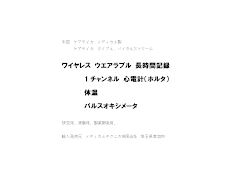The authors estimated the frequency of different types of CT scans performed in the United States in 2007 using Medicare claims data and the IMV Medical Information Division survey of CT scan use in 2,451 US facilities in 2007. The age and sex distribution for each CT scan type was estimated using a large national commercial insurance database. These estimates were projected to the age-sex distribution of the US population. Patients dying within 5 years of CT scan were excluded from the analysis.
Results: The authors estimated that CT scans performed in 2007 may result in 29,000 (95% UL 15000-45000) excessive malignancies in the United States. The largest risk was from scans of the abdomen and pelvis (n = 14,000) (95% UL, 6,900-25,000), followed by chest (n = 4,100) (95% UL, 1,900-8,100), and head (n = 4,000) (95% UL, 1,100-8,700), and chest CT angiography (n = 2,700) (95% UL, 1,300-5,000). Lung cancer was the most common projected radiation-related cancer (n = 6,200) (95% UL, 2,300-13,000) followed by colon cancer (n = 3,500) and leukemia (n = 2,800). Approximately a third of the projected cancers were due to scans performed between the ages of 35 to 54 years compared with 15% due to scans performed in those younger than 18 years. The projected malignancies related to CT use were expected to be more common in females (66%).
Conclusions: Current CT scan use is expected to contribute to a large number of future malignancies.
Perspective: This study adds to the growing awareness of radiation risks associated with medical procedures (Fazel R, et al., N Engl J Med 2009;361:849-57). Greater awareness of this has resulted in lower use of radiation-based imaging in the pediatric population, but more needs to be done to lower radiation use in young and middle-aged adults. Dedicated quality improvement initiatives have been successful at reducing radiation dose associated with CT angiography (Raff GL, et al., JAMA 2009;301:2340-8), and similar efforts are needed to minimize the risk associated with all types of CT scans. Hitinder S. Gurm, M.B.B.S., F.A.C.C.
2009年12月23日水曜日
登録:
コメントの投稿 (Atom)
















0 件のコメント:
コメントを投稿